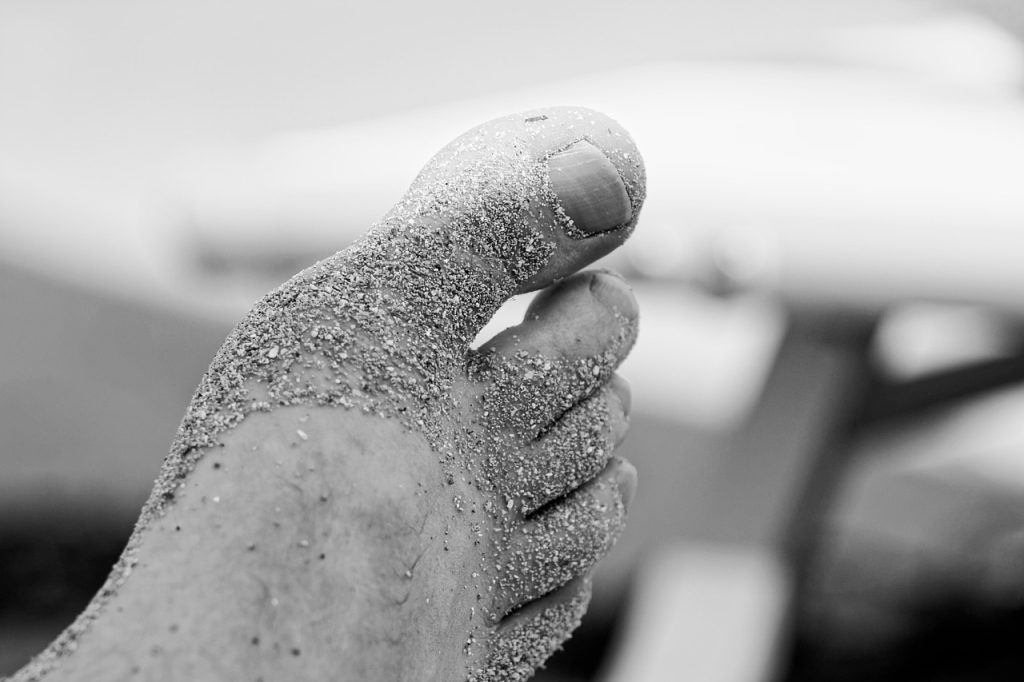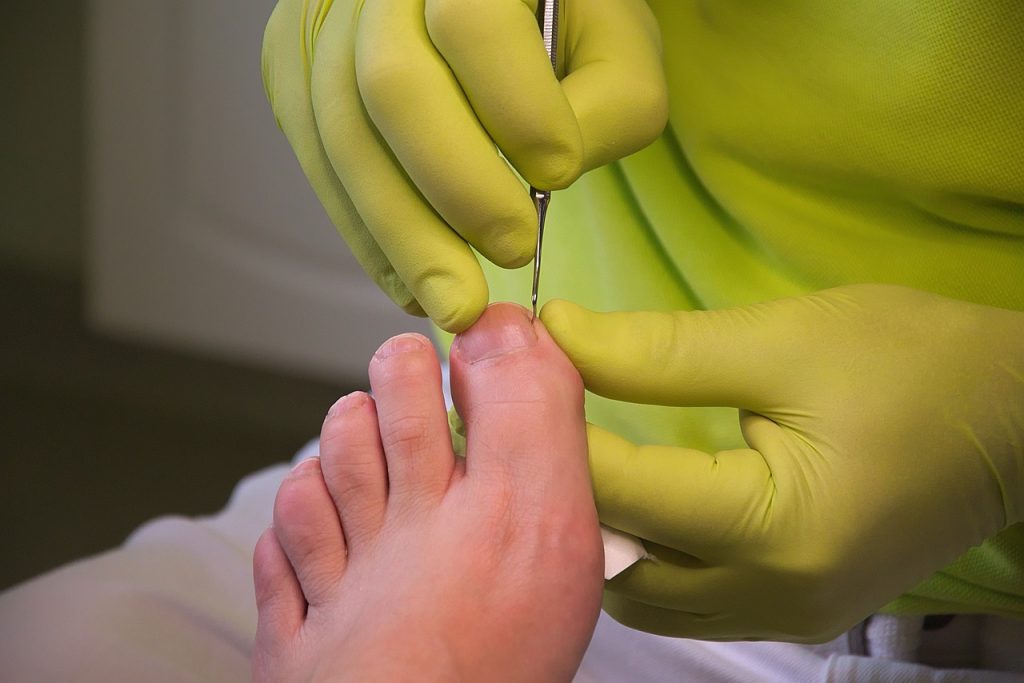When the temperature drops, it’s crucial to prioritize foot health with proper footwear. Cold weather can pose risks to your feet, but with the right care, including winter foot protection and proper footwear, you can keep them in top condition with foot warmers and insulated footwear. From proper footwear choices to maintaining good circulation, there are simple yet effective ways for people to protect their feet and prevent fractures from the winter chill. Stay tuned for expert advice on proper footwear and cold-weather foot care to keep your feet warm, dry, and happy all season long.
Importance Of Foot Health In Cold Weather
Risks Of Ignoring Foot Care
Neglecting foot care in cold weather can result in serious injuries like frostbite and slips. It’s crucial to avoid chronic conditions, especially for individuals with diabetes, as they are prone to major foot issues and foot infections. Dry, cracked skin, along with existing foot conditions, may lead to painful fissures and infections.
Benefits Of Proper Foot Protection
Wearing insulated footwear designed for cold weather enhances warmth and comfort. Choosing shoes with good traction and sturdy soles reduces the risk of injuries. Appropriate footwear helps prevent moisture-related issues, promoting overall foot health.
Common Winter Foot Issues
In extremely cold temperatures, frostnip and frostbite are critical concerns for foot health. Icy conditions often lead to slips and falls, causing injuries. Dry, cracked feet are a prevalent issue during winter that requires proper attention.
Choosing The Right Footwear
Insulated Boots
When it comes to protecting your feet in cold weather, opt for insulated boots with adequate warmth. Ensure the boots fit comfortably to prevent circulation issues that could arise from tight footwear. Look for boots with removable liners, allowing for easy drying after a long day outdoors.
Waterproof Materials
Select footwear made from waterproof materials to keep your feet dry and warm in wet conditions. Prevent bacterial and fungal infections by avoiding moisture buildup inside your shoes. Check for sealed seams in boots to enhance their waterproofing capabilities during rainy or snowy days.
Proper Fit And Comfort
Choose shoes that provide enough room for natural foot movement without feeling overly tight. Ensure there is ample space for your toes to wiggle, promoting better circulation and overall comfort. Try on shoes with the socks you plan to wear to ensure a proper fit that accommodates your winter attire.
Keeping Feet Dry
Moisture-Wicking Socks
Select socks made from wool or cotton to manage moisture effectively. Avoid synthetic materials trapping sweat, leading to cold feet. Layer moisture-wicking socks with thicker ones for warmth without compromising fit.
Changing Wet Footwear
Remove wet boots immediately to prevent prolonged cold and damp exposure. Keep extra dry footwear for quick changes when needed. Allow wet shoes to air out properly to avoid moisture buildup.
Using Foot Powders
Apply foot powder to absorb excess moisture and reduce fungal infection risks. Choose talc-free powders gentle on the skin yet effective in moisture control. Reapply foot powder throughout the day, especially after physical activities.
Warming Techniques
Warm Water Soaks
Soaking feet in warm water post-exposure to freezing conditions can significantly improve circulation and relieve tension. Adding Epsom salt to the warm water enhances soothing effects and reduces swelling. However, it’s crucial to limit soaking time to prevent over-softening of the skin, which may lead to injuries.
Heating Pads
Using heating pads is an effective way to provide targeted warmth to cold feet and promote increased blood flow. To prevent burns, it’s essential to avoid direct contact with the skin; consider using a cloth barrier for added protection. It’s advisable to use heating pads for short intervals to prevent overheating and discomfort.
Foot Massages
Incorporating foot massages into your routine during cold weather can help stimulate circulation and alleviate tension. Applying moisturizing lotion while massaging your feet helps hydrate the skin and prevents dryness. Focus on pressure points during massages to enhance relaxation and overall comfort.
Daily Foot Care Routine
Cleaning Feet
Regularly washing your feet is essential to remove dirt and moisture that can cause infections. Make sure to dry your feet completely, especially between the toes, as dampness can lead to fungal growth. Opt for a mild soap to prevent irritation, particularly if you have sensitive skin.
Moisturizing Regularly
Applying thick lotion daily helps combat dry skin and prevents cracking. Concentrate on areas prone to dryness like the heels and balls of your feet. Look for lotions containing ingredients such as shea butter or glycerin for optimal hydration.
Trimming Nails
Keeping your toenails trimmed is crucial to avoid ingrown nails and the associated pain. File any sharp edges to decrease the chance of catching on socks or shoes. Regularly check your nail health for any signs of infection or discoloration.

Preventing Foot Injuries
Avoid Tight Shoes
When it comes to foot protection, steer clear of shoes that constrict the foot, hindering circulation. Opt for footwear with ample space for toe movement and comfort. Adjust laces or straps for a secure yet not tight fit.
Use Insoles
Incorporate insoles to enhance comfort and support in winter footwear. Select insoles tailored for cold weather to insulate against the chilly ground. Regularly replace worn-out insoles to maintain optimal foot health.
Monitor For Blisters
Foot injuries can be prevented by checking feet frequently for blisters, especially after extended walks in cold weather. Promptly treat any blisters to prevent infection and aid healing. Use blister pads or bandages to shield affected areas during the healing process.
Allowing Feet To Breathe
Air Out Shoes
After wearing shoes, allow them to air out to prevent moisture buildup and unpleasant odors. This simple practice helps maintain foot hygiene.
To enhance ventilation, remove the insoles after use and let them dry separately. This step aids in preventing dampness and bacterial growth.
For proper shoe care, store them in a cool, dry place to preserve their shape and prevent mildew formation.
Use Breathable Materials
When choosing footwear, opt for shoes crafted from breathable materials to facilitate airflow around the feet. This helps in reducing moisture accumulation.
Avoid footwear made of plastic or non-ventilated materials, as they can trap heat and sweat, leading to discomfort and potential foot issues.
Consider selecting shoes with mesh panels to enhance breathability, especially when engaging in winter activities that may induce sweating.
Avoid Over-Layering
Maintain foot health by dressing appropriately without excessive layers that could restrict movement and airflow. Finding the right balance is key.
Select socks and footwear of an appropriate thickness to ensure both warmth and comfort throughout the day. Proper insulation is crucial.
Monitor your foot temperature regularly to prevent overheating, which can result in excessive sweating and discomfort.
Immediate Actions For Wet Or Cold Feet
Dry Feet Quickly
After exposure to moisture, pat your feet dry with a towel promptly to prevent issues. Ensure to dry between toes thoroughly to ward off fungal infections effectively. For quicker drying, consider using a hairdryer on a low setting without causing discomfort.
Replace Wet Socks
Swap wet socks for dry ones immediately to maintain warmth and comfort levels. Always have spare socks in your bag or car for easy access during winter outings. Opt for quick-drying socks for outdoor activities to reduce downtime and discomfort.
Rewarm Gradually
To prevent shock and potential injury, warm cold feet slowly rather than abruptly. Use warm water or blankets instead of direct heat sources when rewarming feet. While rewarming, closely monitor for signs of frostbite or any other emerging issues.
Closing Thoughts
Protecting your feet in cold weather is crucial for overall foot health. By choosing appropriate footwear, keeping your feet dry, applying warming techniques, following a daily foot care routine, preventing injuries, allowing your feet to breathe, and taking immediate action when needed, you can ensure that your feet stay healthy and comfortable during the colder months. Remember, your feet carry you through each day, so it’s essential to prioritize your well-being, especially in challenging weather conditions.
Take the necessary steps outlined in this guide to safeguard your feet from the harsh effects of cold weather. Your feet deserve the best care to support your mobility and overall health. Stay proactive and attentive to your foot health to enjoy winter activities without any discomfort or issues.
Frequently Asked Questions
1. How Does Cold Weather Affect Foot Health?
Cold weather can lead to issues like frostbite, numbness, and dry skin on the feet. It’s important to keep your feet warm and dry to prevent these problems.
2. What Type Of Footwear Is Best For Protecting Feet In Cold Weather?
Insulated, waterproof boots with good traction are ideal for cold weather. Look for materials like Gore-Tex and Thinsulate to keep your feet warm and dry.
3. How Can I Prevent Foot Injuries In Cold Weather?
To prevent foot injuries in cold weather, ensure you wear appropriate footwear with good traction, avoid walking on slippery surfaces, and practice warming techniques to maintain circulation.
4. Why Is It Important To Keep Feet Dry In Cold Weather?
Keeping your feet dry in cold weather helps prevent conditions like frostbite and trench foot. Moisture-wicking socks and waterproof footwear can help maintain dryness.
5. What Immediate Actions Should I Take For Wet Or Cold Feet?
If your feet are wet or cold, remove wet socks/shoes, dry your feet thoroughly, and warm them up gradually. Avoid direct heat sources as they can cause burns.
Enhance Foot Health With Custom Orthotics From The Shoe Doctor!
Are you dealing with foot pain that disrupts your daily life? Proper foot health is essential, and custom orthotics tailored specifically to your needs can be the solution. These personalized orthotics not only alleviate foot pain but also improve your posture and overall well-being.
At The Shoe Doctor, we bring over twenty years of expertise in crafting custom orthotics designed to support optimal foot health. Our mission is to provide orthotics that relieve discomfort, offer essential support, and enhance stability with every step.
Russell, our dedicated specialist, ensures that your orthotics are perfectly fitted to your feet using precise 3D foot mappings and state-of-the-art technology. By partnering with the Spine & Injury Medical Center in San Jose, California, we adopt a holistic approach to address foot health challenges comprehensively.
Ready to improve your foot health? If you’re in the South San Francisco Bay Area, The Shoe Doctor is your go-to destination for custom orthotics designed to enhance foot health and improve your quality of life. Begin your journey to healthier feet with a complimentary initial consultation.
Don’t wait—schedule your consultation today and experience the benefits of custom orthotics with The Shoe Doctor!
Disclaimer
The materials available on this website are for informational and entertainment purposes only and not to provide medical advice. You should contact your doctor to obtain advice concerning any particular issue or problem. You should not act or refrain from acting based on any content included in this site without seeking medical or other professional advice. The information presented on this website may not reflect the most current medical developments. No action should be taken in reliance on the information contained on this website and we disclaim all liability for actions taken or not taken based on any or all of the contents of this site to the fullest extent permitted by law.


